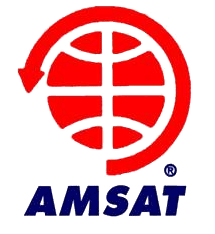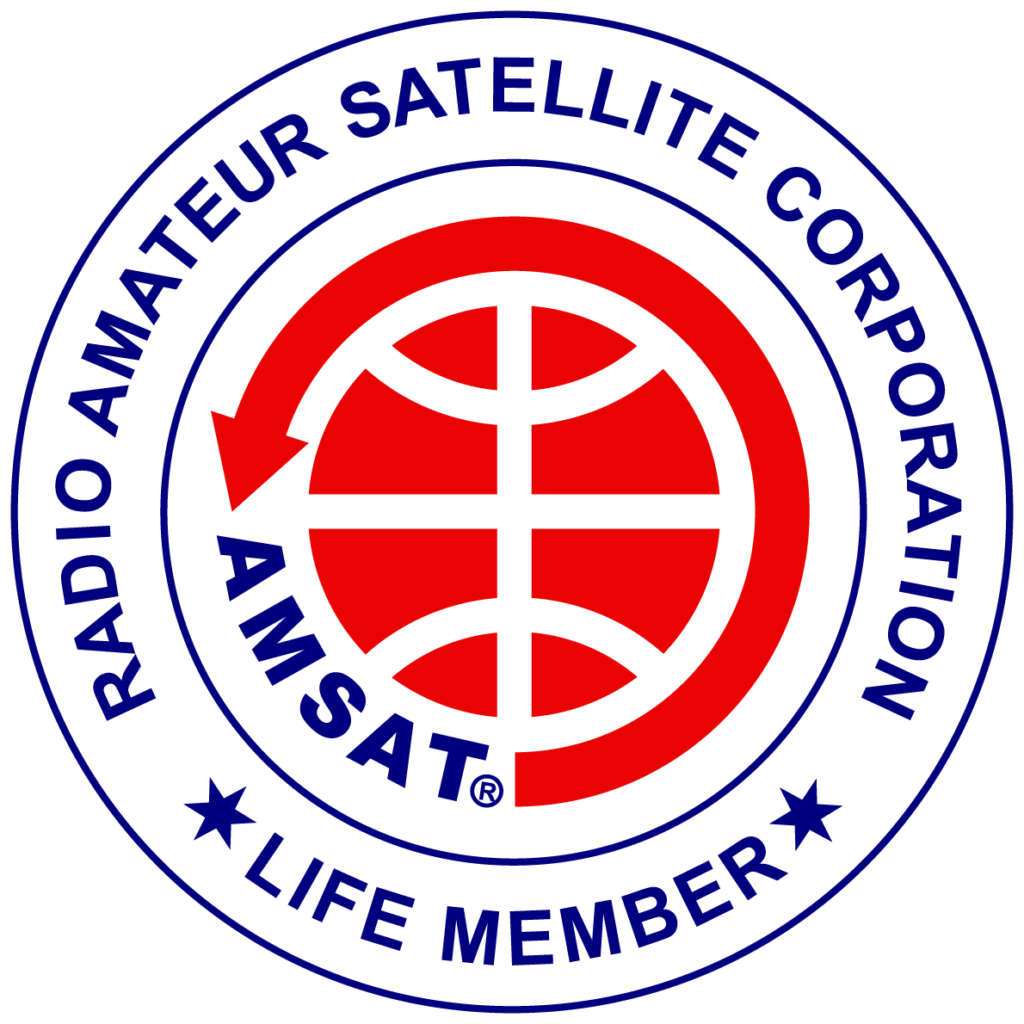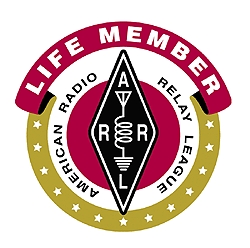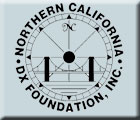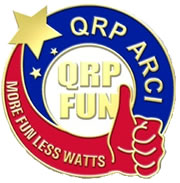With one JT9 QSL confirmed in LotW, I guess I’m on my way, but the most important thing is that I’ve got WSJT-X integrated with my HRD log book and JT-Alert, plus I’ve updated my tQSL software to version 1.14 (which recognizes JT9). The only “got-ya” I ran across is that HRD Logbook 6.1 doesn’t handle JT9 by default. You have to add that mode by selecting “Configure” then “Modes”, then adding JT9. While an entry might show up as JT9 when logged, if I edited the entry in HRD Logbook, to add the QRZ data for example, it would overwrite the mode and change it to JT65. Once the new mode was added to HRD Logbook, the JT9 setting became sticky.
At the moment, I’ve got WSJT-X configured to control my rig directly, since I’ve been having control issues with HRD 6.0 (the program will stop detecting frequency changes after a few minutes of operation even though it still processes things like mode or band changes — I’ve updated to 6.1 but have yet to confirm the problem has been fixed). Fortunately, JT-Alert has always directly access the HRD logbook to append new entries, so HRD doesn’t need to be running in the background.
Its been sort of fun watching the waterfall and seeing many JT9 signals jammed into a tight space, most of them rock steady, then observing some signals drift dozens or hundreds of Hertz over the course of a minute. Someday I’d like to setup my KX3 just as a JT9 “skimmer”, but it is so drifty on transmit I would never try it — at least not until I do the full temperature calibration.

